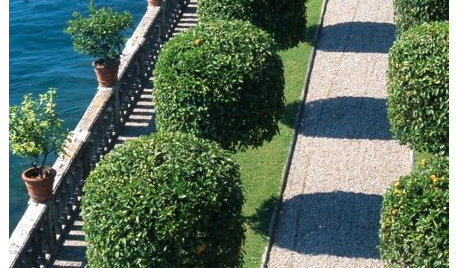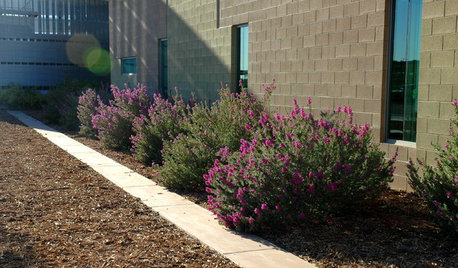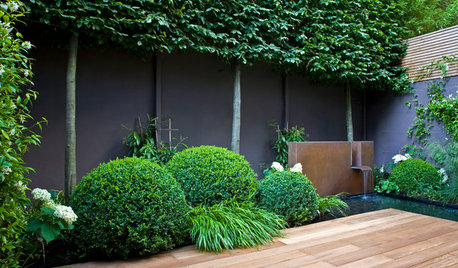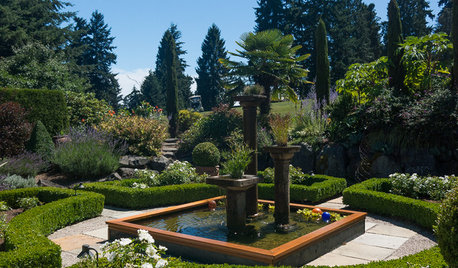Italian Cypress and Junipers straighten up?
elvie z9CA
13 years ago
Featured Answer
Sort by:Oldest
Comments (12)
Embothrium
13 years agodcsteg
13 years agoRelated Professionals
West Milford Landscape Architects & Landscape Designers · Essex Landscape Architects & Landscape Designers · Saint Charles Landscape Architects & Landscape Designers · Towson Landscape Architects & Landscape Designers · Waunakee Landscape Architects & Landscape Designers · Wilmington Landscape Contractors · Concord Landscape Contractors · Canyon Lake Landscape Contractors · Cockeysville Landscape Contractors · Gallatin Landscape Contractors · Golden Landscape Contractors · Kaysville Landscape Contractors · Shoreview Landscape Contractors · Stallings Landscape Contractors · Pike Creek Valley Gardeners & Lawn Careelvie z9CA
13 years agosluice
13 years agoEmbothrium
13 years agoscotjute Z8
13 years agoEmbothrium
13 years agoEmbothrium
11 years agoken_adrian Adrian MI cold Z5
11 years agoscotjute Z8
11 years agoelvie z9CA
11 years ago
Related Stories

EXTERIORSWhere Front Yards Collide: Property Lines in Pictures
Some could be twins; others channel the Odd Couple. You may never look at property boundaries the same way again
Full Story
SIDE YARD IDEASNarrow Trees for Tight Garden Spaces
Boost interest in a side yard or another space-challenged area with the fragrance and color of these columnar trees
Full Story
LANDSCAPE DESIGN5 Structural Plants to Frame Your Garden Beautifully
Consider these trees and shrubs live building blocks, providing structure and definition in even a small garden
Full Story
GARDENING GUIDESGrow Your Own Privacy: How to Screen With Plants and Trees
Use living walls to lower your home and garden's exposure while boosting natural beauty in your landscape
Full Story
GARDENING GUIDESHow to Avoid Overcrowded, Overpruned Shrubs
Go for a more natural look that’s easier and less expensive to maintain by giving your plants the right amount of growing room
Full Story
GARDENING AND LANDSCAPING10 Reasons to Use Black in Your Outside Space
It’s become a favorite shade to use inside, but now black is migrating out to gardens, patios and balconies — with dramatic results
Full Story
GARDENING GUIDESDesigning With Conifers: Find the Perfect Fit for Your Landscape
Conifers range from fairy-garden size to 70 feet tall. Here’s how to decifer the plant tag for the perfect long-term fit in your garden
Full Story
LANDSCAPE DESIGNGet a Mediterranean-Style Garden Even Far From the Sea
Some lavender here, a water feature there, and your garden just might feel transported to a balmy seaside locale
Full StoryMore Discussions









elvie z9CAOriginal Author